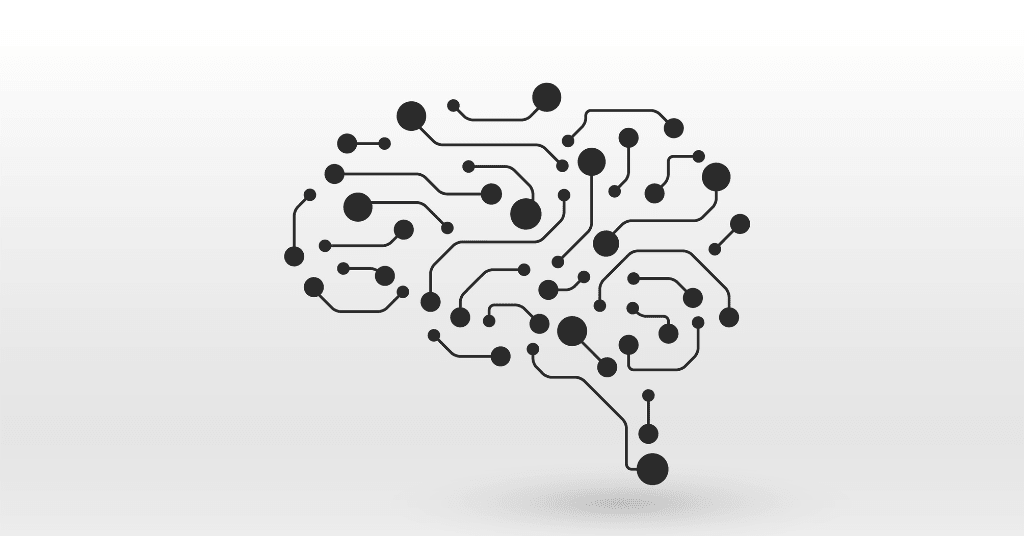
Imagine yourself 100 years ago, looking into the present day. The ‘future’ we are living in now isn’t that far from the science fiction-esque world predicted in the early 1900s. Okay, there are no hover-cars parked outside, and no, robot butlers aren’t waking us up with fresh coffee in the morning (…yet), but there is no denying that technological advancements are becoming increasingly impressive – and a lot of this is owed to mobile.
At the turn of the century, Bill Gates predicted a ‘personal companion’ linking all of our devices to one master controller. In the same era, futurist Ray Kurzweil predicted ‘invisible computers’ embedded into objects by the year 2020. Lo and behold… smartphone technology, the internet of things (IoT) and a host of web-connected, sensor-laden, mobile data capture devices infiltrating just about all aspects of our lives. So, as we have arrived in the future prophesied for us, you might well be wondering; what next?
We may not have a crystal ball, but read on as we discuss exciting development areas in mobile tech, and where it might take us over the next few years.
Mobile Dominance
First and foremost is the ubiquitous adoption of mobile technology. Statista reports around 4.3 billion mobile internet users worldwide, accounting for over 50% of the global population and 90% of the total internet-using population. These are figures that are set to increase.
In recent years, smartphones have become more accessible through manufacturers releasing affordable models. While the premium range is becoming increasingly feature-rich (with a price tag to match), cost-effective iterations have stormed the market, covering the basics and hosting a range of apps to enrich user experience.
As mobile takes centre stage in the digital age, a restructuring of the tech industry will follow suit. Already, marketers are funnelling resources into mobile optimised campaigns: 54% of e-commerce is mobile – dubbing the term m-commerce – and with over 55% of all internet traffic being mobile, brands big and small are realising that they are at a competitive disadvantage without a strong mobile footprint.
Improved security and functionality has transformed mobile apps from games and gimmicks to irreplaceable tools influencing highly regulated aspects of our lives. Customers can manage everything from investments and finances to medical results and therapies at their convenience. This growing flexibility is prompting a culture shift, where consumers require on-demand access to their provider across a growing number of industries.
Mobile has become the go-to channel for all things digital, and you can be sure that over time, everything from healthcare, finance, retail, education, entertainment and more will become mobile-centric.
The 5G Revolution
The next big (metaphorical) rocket ready for take-off is 5G, the fifth generation of mobile broadband. Initially rolled out in 2019 after nearly a decade in the making, 5G will drastically increase download and upload speeds and ease communications between devices and their network.
At around 500% faster than 4G LTE, 5G has huge implications:
Domestic
- Users will be able to download HD movies in a matter of seconds rather than minutes
- Improved latency (the time taken for data to reach its destination) and device connectivity will see VR & AR realise their potential in the home
- Gamers will enjoy a faster, more immersive experience
- Self-driving automobiles will be viable through improved mapping integrations, network connectivity and inter-vehicle communication (V2V) preventing collisions
Industrial
- Poor latency of 4G networks means cables are currently required to connect machinery in factories. The IoT potential of 5G will allow factories to go wireless improving versatility, speed and output
- Self-driving machines will improve accuracy, communication, work output and safety in the workplace
- Improved remote control of machines and drones will streamline productivity and surveillance
- Improved AR & VR will influence planning, design and training across multiple industries including medicine, mining and manufacture
- Increased data capture and visualisation will give accurate, real-time information to inform decision making
Take insurance, for example; telematics and IoT are already saving money for both insurers and insured through improved risk management. With a faster, more connected network, the scope for increased data capture to influence risk management and resolve claims at speed is enormous. Wearables will have increased capacity to work in tandem with our everyday mobile technology, creating a data-rich experience benefiting both insurers and customers. Moreover, the increased connectivity of machines opens the door for truly on demand insurance, saving money for customers granting insurers a higher level of accuracy when resolving claims.
Although 5G is up and running, it will be several years before it hits the mainstream. Global infrastructure rollout will take time, and much like 4G, a hardware update will be required to support the new network.
The most interesting aspect of 5G however is that its true capabilities have probably not yet been discovered. 4G catalysed the use of video streaming, transforming social media through video sharing, and entertainment through services like Netflix. It drove e-commerce to disrupt traditional retail and facilitated the remote, flexible work-life we have embraced over the traditional 9-5 office model. What significant cultural impact will 5G bring? Only time will tell.
Voice

Voice technology has come on leaps and bounds in recent years. What started as novelty voice recognition evolved into innovative software capable of ‘understanding’ information and responding or reacting accordingly. But far from the clunky, regional-accent-phobic, early versions of Siri, voice technology has reached sophistication capable of everything from voice search and dictation, to smart device commands and biometric security.
Voicebot reports that 38% of UK adults now own a smart speaker. As people become accustomed to aurally controlling their increasingly connected devices, brands have a new way to communicate and hold the attention of their consumers. By adapting their digital presence to voice search, businesses can rank higher in audio searches, provide information such as product features, pricing and availability, and even allow customers to complete purchases.
Aside from commercial functionality, the voice channel is becoming more increasingly developed as an informational resource. American non-profit medical centre Mayo Clinic has added to the 100K+ voice ‘skills’ already available on Amazon’s Alexa with answers to commonly asked medical questions. For example, users can quiz their device ‘what are the symptoms of…’ and receive an accurate answer. Capabilities like this may bridge the gap between concerned individuals and thinly stretched medical services, reducing the need for appointments and condensing the wealth of written information available online into an audible format.
Over the coming years, we can expect to see an increase in organisations offering an audible experience to stakeholders. We will see increased voice integration in mobile apps, voice features incorporated into video games and improved hands-free control of our connected devices.
Artificial Intelligence

No mobile technology future-scoping is complete without discussing artificial intelligence (AI) and machine learning (ML).
Already present in much of our digital technology, AI is the programming built to think like a human. By combining huge quantities of data with intelligent algorithms, AI can identify patterns in data sources and learn from them through ML. It is what curates our personalised online shopping experiences, protects us through cyber-security, makes recommendations on entertainment platforms and communicates through chat-bots. It is the heart and soul of all ‘smart’ technology, including voice, and is the driving force behind innovation in many industries.
Practical uses for AI include financial planning and management. Apps like Cleo use AI to connect to your bank account via open banking and recommend smart insights based on spending patterns and savings goals. The chatbot feature communicates with the user in an informal tone to build customer relationships and increase engagement. The more information the user provides, the more personalised the recommendations become, and the app’s efficiency develops.
As data capture is growing exponentially, AI’s ability to make informed decisions will grow in tandem. This will improve the automation and logical reasoning capabilities of our apps, resulting in a more productive and more personalised user experience. Consumers can expect brands to continue involving AI in their digital offerings to drive communication and engagement, heighten security, and improve service where possible for their customers.
–
Aside from being expert palm-readers and soothsayers, Waracle are also truly industry-leading providers of mobile solutions in highly regulated industries. If your business is considering how best to take the next step in your digital journey, get in touch today and find out how we can help.





